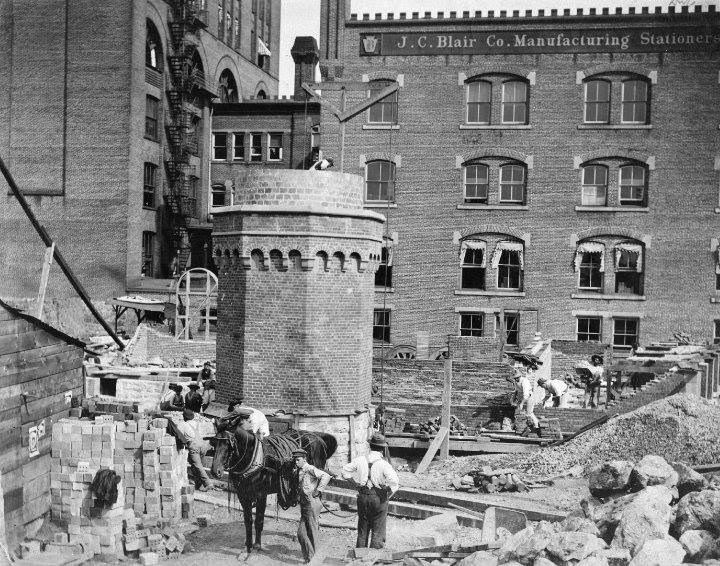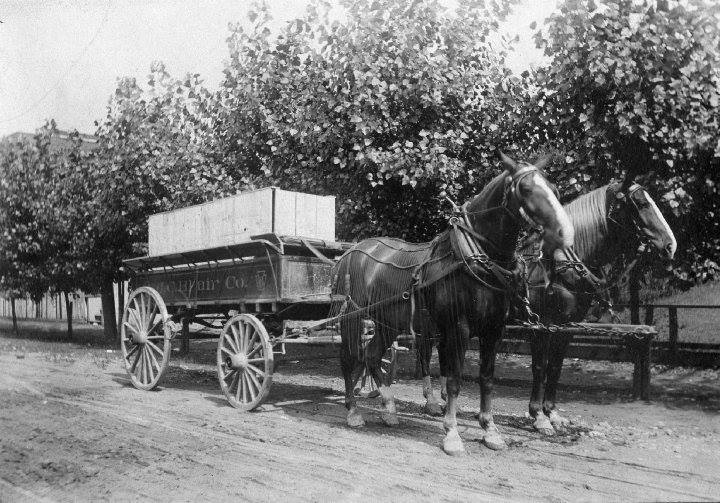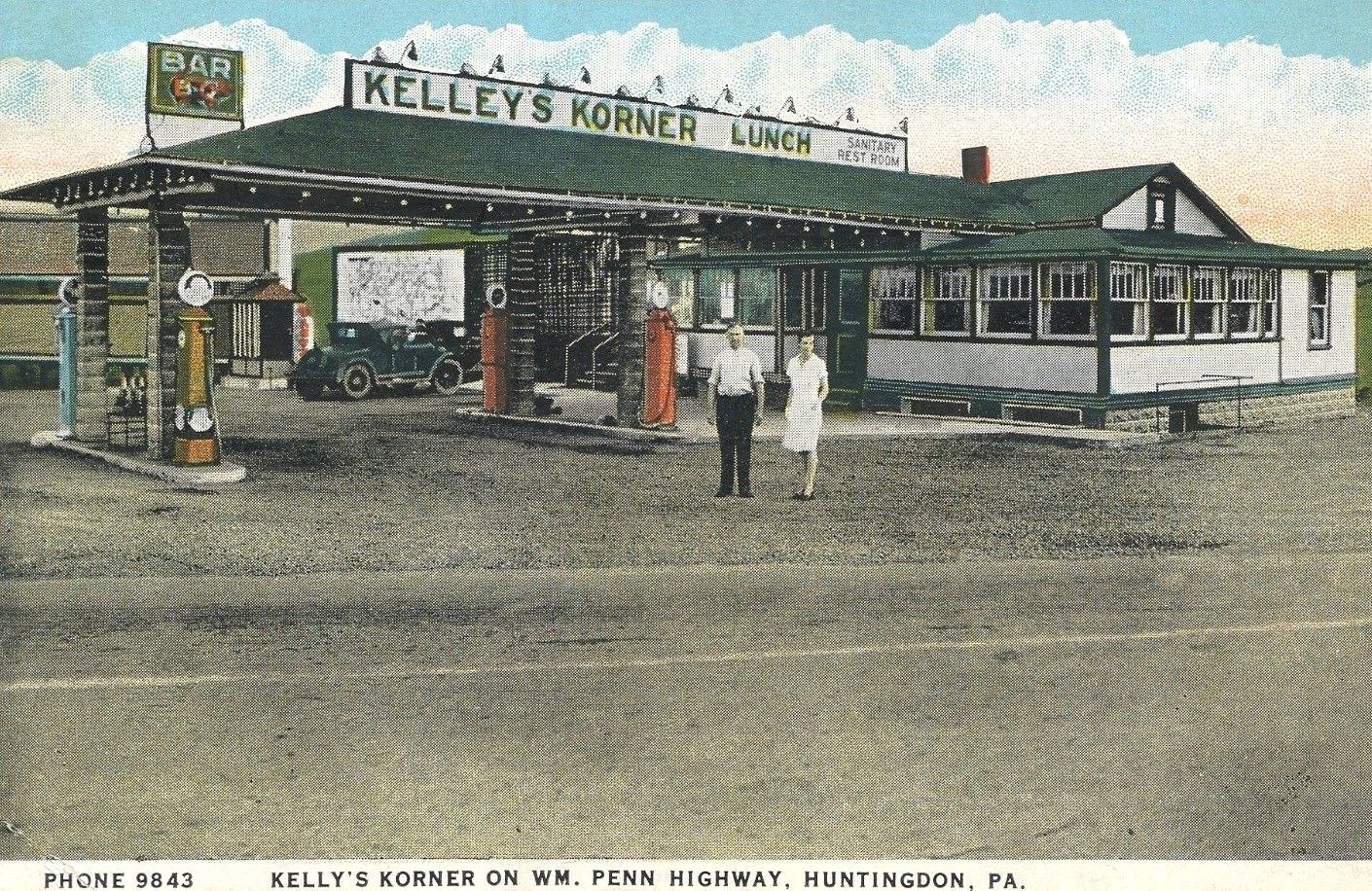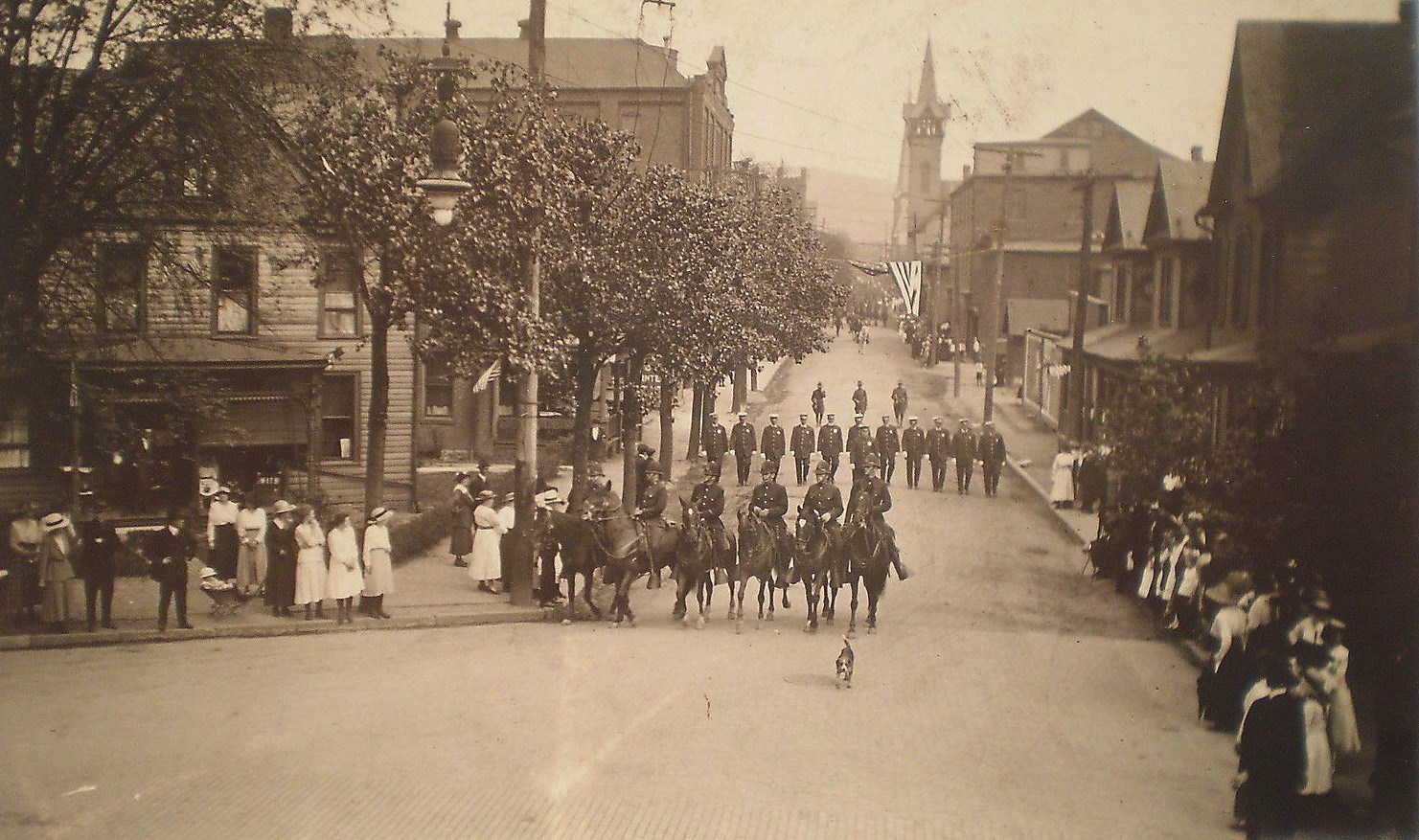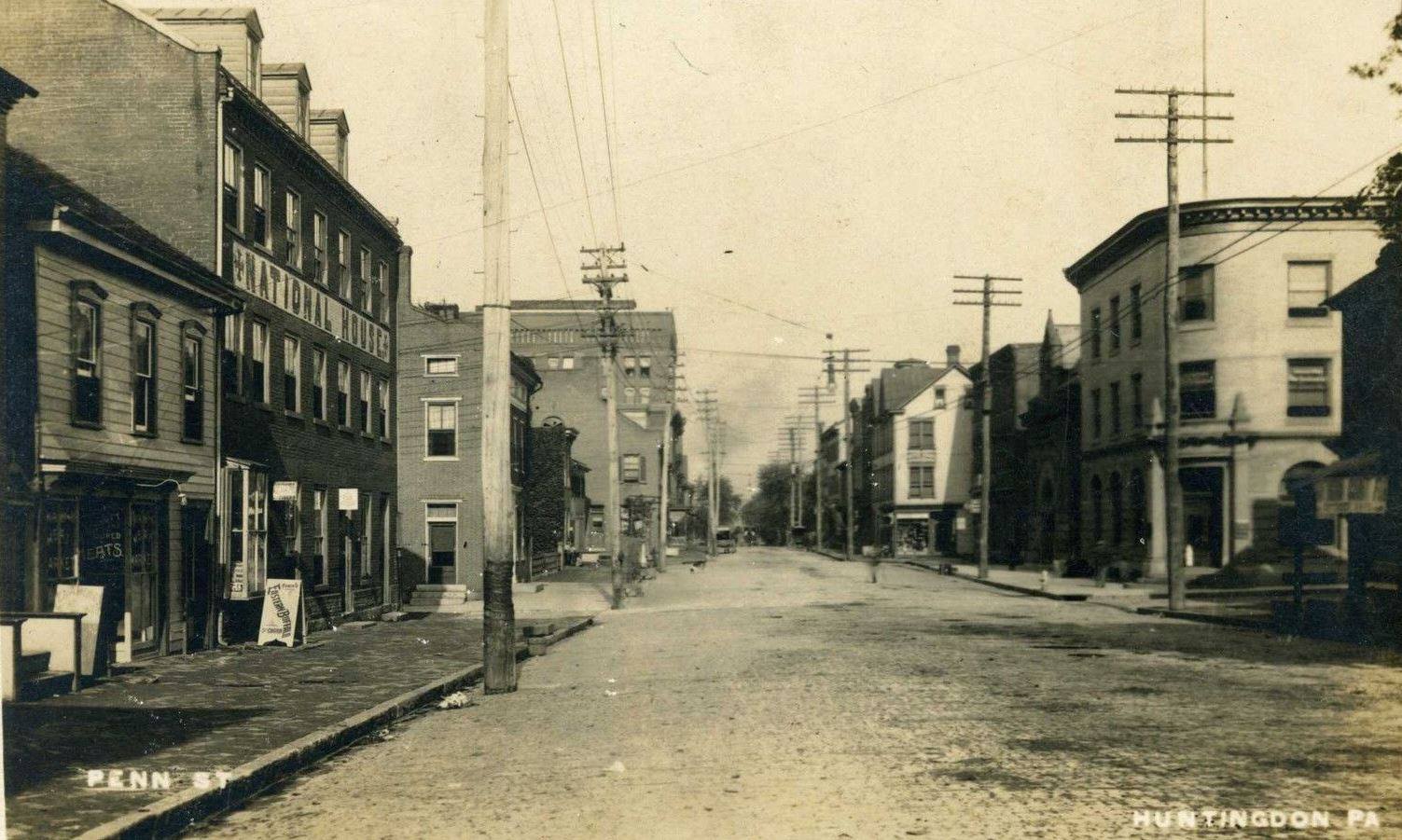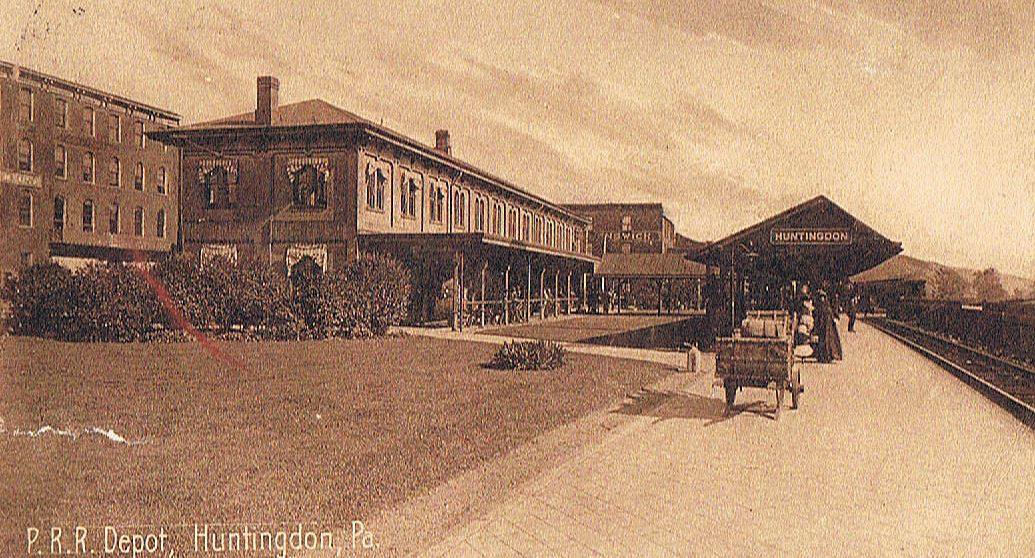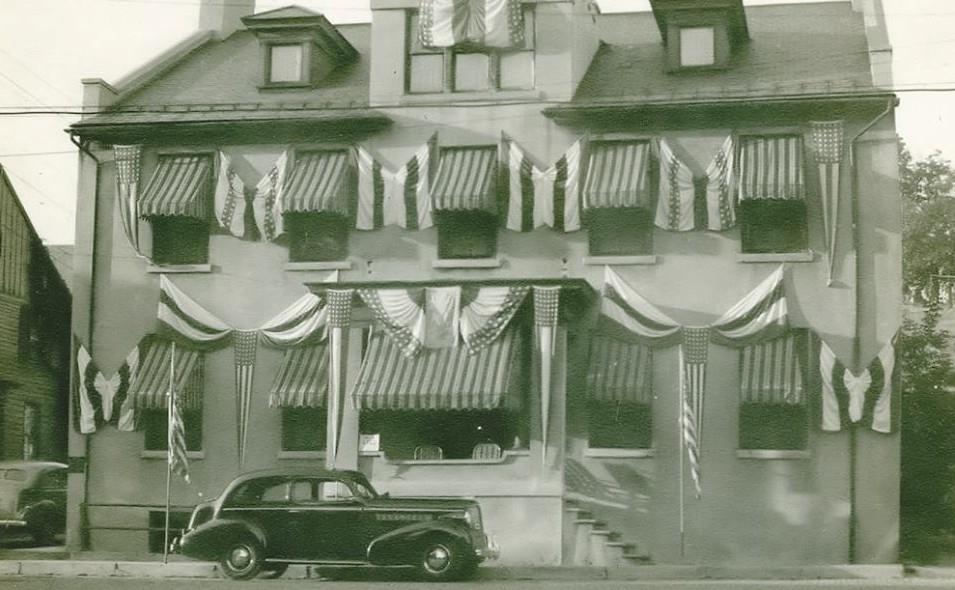Huntingdon, Huntingdon County Pennsylvania
In 1796, the little village was incorporated as a borough.
 HCH&H
HCH&HIn 1796, the little village was incorporated as a borough.
The earliest travelers through this part of Pennsylvania reported the existence of a Standing Stone, which had been erected near the junction of Standing Stone Creek and the Juniata River. John Harris’s account, written in 1754, described the stone as being 14 feet high and six inches square. Because of this monolith, the first name attached to the place now known as Huntingdon was “Standing Stone."
By means unknown, the original stone was removed at an early date, presumably by those who had erected it, and was replaced by another similar stone on which were scratched the names of early surveyors and the date “1768.” In his deed to a lot near 2nd and Allegheny Streets, the founder of Huntingdon, William Smith, refers to it as the “Ancient Stone lot,” which seems to indicate that the original stone had stood somewhere on that lot. Today the location is separated from the junction of the creek and river by the railroad grade and tracks, but before the railroad existed, the lot would have extended to the riverbank and would have been within sight of where the two streams join.
In time, the second Standing Stone was moved to the yard of a stone house still in existence at 105 William Smith Street — a house owned at the time by descendent's of William Smith. Despite it’s being very dense and resistant to breaking; the stone was broken into several pieces by “malicious” persons, according to a contemporary report. One fragment of that stone survives and is displayed in the main corridor of the Huntingdon County Courthouse. The names and date scratched into it so long ago can still be seen on its smooth dark gray surface.
In 1896, as the Borough of Huntingdon was preparing to celebrate the centennial anniversary of its incorporation, local industrialist J.C. Blair suggested that a stone shaft be erected to commemorate the original name by which the town was known. The present stone at Penn & William Smith Streets was dedicated in September 1896 and has stood since then as a reminder of Huntingdon’s long history as a place of importance in Central Pennsylvania.
The town of Huntingdon, described in early deeds as being “at Standing Stone on Juniata,” was laid out in 1767, only thirteen years after this region of Pennsylvania was purchased from the Indians. The Rev. William Smith, head of the College of Philadelphia (now University of Pennsylvania) and an energetic speculator in frontier lands, was the town founder and proprietor. To ensure the development of his town. Smith’s deeds required lot owners to erect a substantial house within a year or so of purchase.
Disclaimer from the Huntingdon County Historical Society: The name of Standing Stone for the spot where the town of Huntingdon stands originated at a now-unknown date. In the 1740s two famous travelers observed and made note of a stone pillar or marker. Its dimensions were 14 feet high and six inches square. No other feature—no carvings nor inscription— was observed. It was soon noticed that the marker— the original Standing Stone— had vanished. At that point the folklore and the legends began "filling in the blanks." In the opinion of Huntingdon County Historical Society's researchers, nothing about the stone can be claimed as historical.
The pictures are of Huntingdon Borough and Smithfield
The pictures featured below are mostly from the Jackson Township Historical Preservation. They so graciously allowed the Huntingdon County History & Heritage Roundtable permission to use their collections.




